The Feast of the Exaltation of the Holy Cross
14 September 2008

The Feast of the Triumph of the Holy Cross falls on 14 September.
This feast is called in Greek Ὕψωσις τοῦ Τιμίου Σταυροῦ (literally, "Raising Aloft of the Precious Cross"). In Latin it is called Exaltatio Sanctae Crucis (literally, "Raising Aloft of the Holy Cross". The word "Exaltatio" is anglicized as "Exaltation" or "Triumph".
The cognate feast, that of Inventio Crucis (literally “Finding of the Cross” or sometimes, the “Invention of the Cross”) on 3 May was removed to be joined with that of the Feast of the Exaltation in 1955, once more engineered by the palsied hand of Annibale Bugnini.
The Invention commemorates the finding of the True Cross in Jerusalem in 326 by Saint Helena, the mother of the Roman Emperor Constantine I (venerated in the Eastern Church as Saint Constantine and whose image appears in the left hand corner of this Blog gazing up at the Cross in the sky that presaged his victory at the Battle of Ponte Milvio).
However, the feast day of the Finding of the Holy Cross is still commemorated exactly as was in the past by a significant minority of Traditional Roman Catholic parishes.
The Church of the Holy Sepulchre was then built at the site of the discovery, by order of Helena and Constantine. The church was dedicated nine years later, with a portion of the Holy Cross placed inside it. In 614, that portion of the Hoy Cross was carried away from the church by the pagan, fire-worshipping Persians, and remained missing until it was recaptured by the Byzantine Roman Emperor Heraclius in 628.
The Holy Cross was returned to the church the following year after initially having been taken to Constantinople by Emperor Heraclius.
The date used for the feast marks the dedication of the Church of the Holy Sepulchre in 335 when the Holy Cross was brought outside the church on 14 September so that the clergy and faithful could pray before it and venerate it.
In the Western liturgical observance, red vestments are worn at services conducted on this day, and if the day falls on a Sunday, it takes precedence.
In the traditional Roman rite, the Wednesday, Friday and Saturday of the calendar week after the one in which 14 September falls are designated as one of the four sets of Ember days by the Church in the West.
In Byzantine Catholic practice, the Universal Exaltation of the Precious and Life-creating Cross commemorates both the finding of the True Cross in 326 and its recovery from the Persians in 628, and is considered to be one of the Great Feasts of the year.
During the All-Night Vigil on the Eve of the Feast, a cross is placed on the Holy Table (altar) where it reposes during the Vigil. The cross is placed on a tray that has been covered with an Aër (liturgical veil) and decorated with fresh basil leaves and flowers, and a candle burns before it. Elaborate ceremonies take place in veneration of the Holy Cross which were once largely common to both East and West. During the veneration, stichera attributed to the Emperor Leo are chanted by the choir.
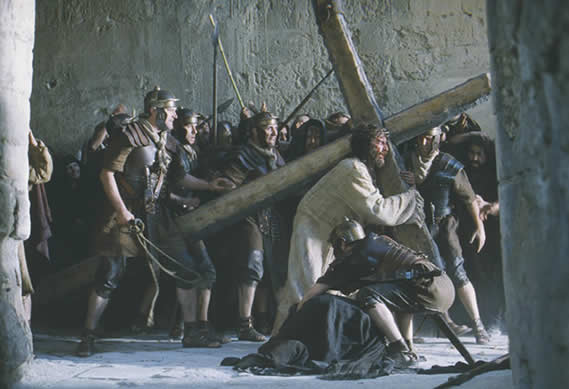
In the Gallican usages, beginning about the seventh century, the Feast of the Cross was celebrated on May 3, and, in England, was called "Crouchmas" (for "Cross Mass").
When the Gallican and Roman practices were combined, the September date was used to commemorate the rescue from the Sassanid Persians and the May date was kept as the Finding of the Holy Cross or Invention of the True Cross to commemorate the finding.
For at least one thousand years, the Feast was celebrated with a solemnity only surpassed by Easter and Pentecost. It is – or should be – one of the great feasts of Holy Church.
It is undoubtedly for this reason that our Holy Father - now gloriously reigning - Pope Benedict XIV, chose this day to signal the official release of that most ancient rite of the Church, the beautiful Roman rite, from the bondage which ungrateful and unfaithful men had placed it in.
This day, then, becomes yet greater still thanks to the knowledge and foresight of our great Holy Father.
Adoramus Te Christe, et benedicimus Tibi:
quia per sanctam crucem tuam redemisti mundum
quia per sanctam crucem tuam redemisti mundum

...








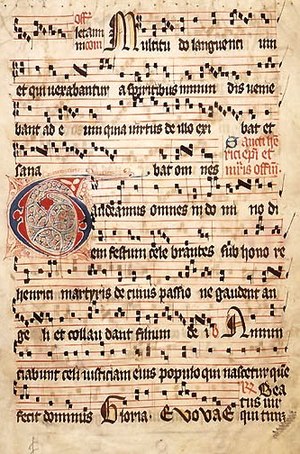

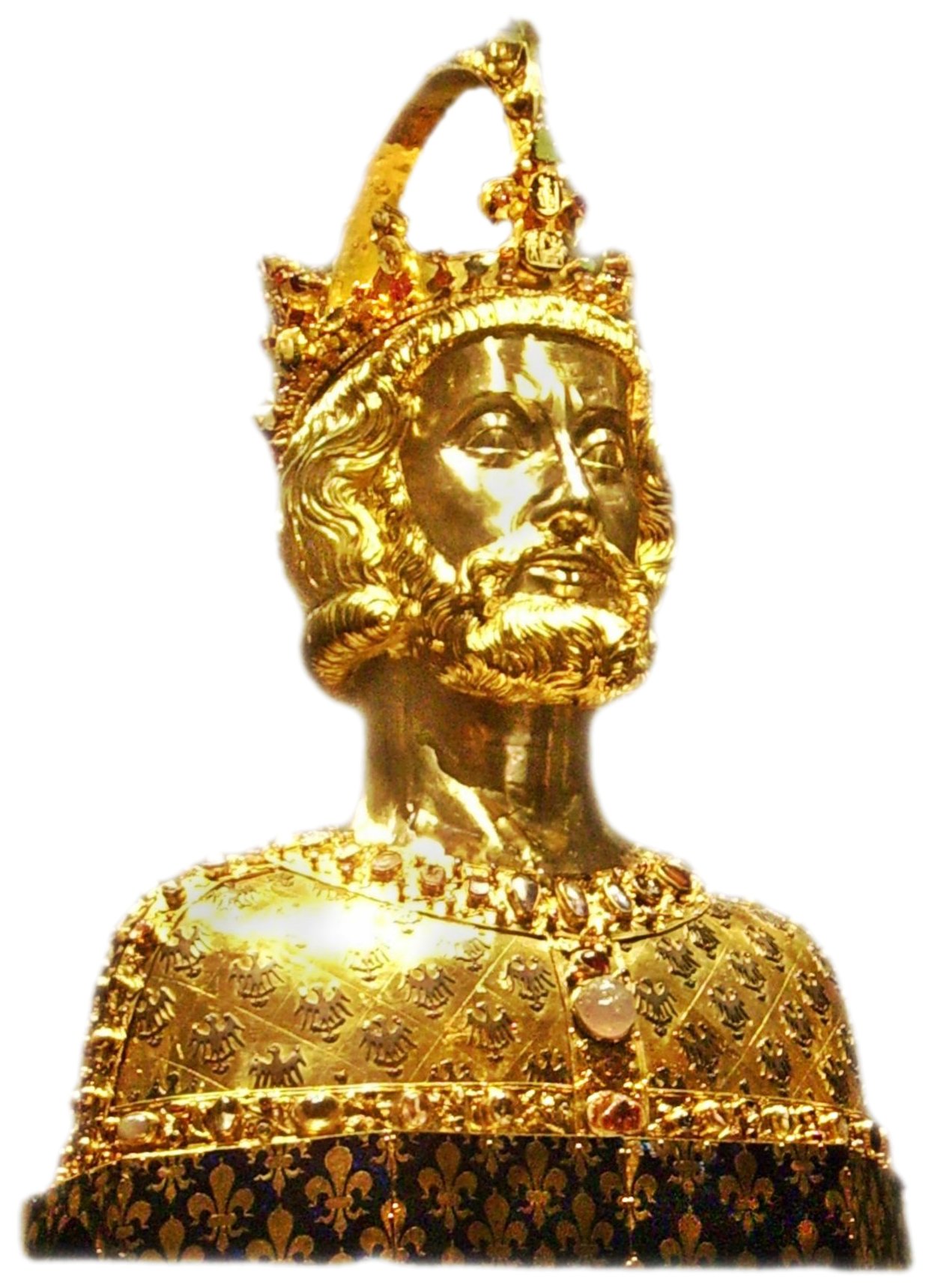



.jpg)


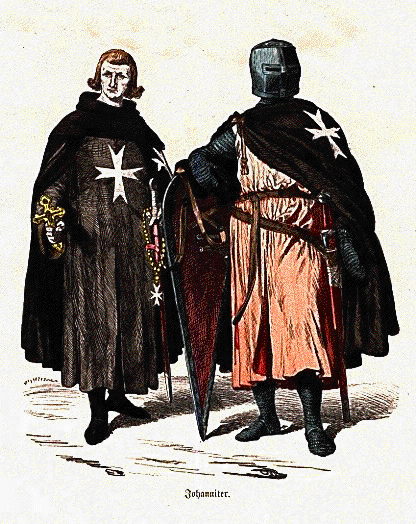

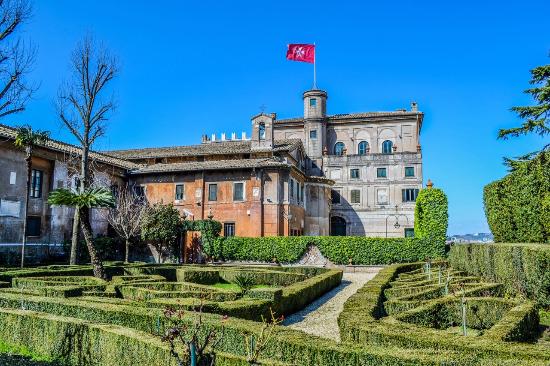


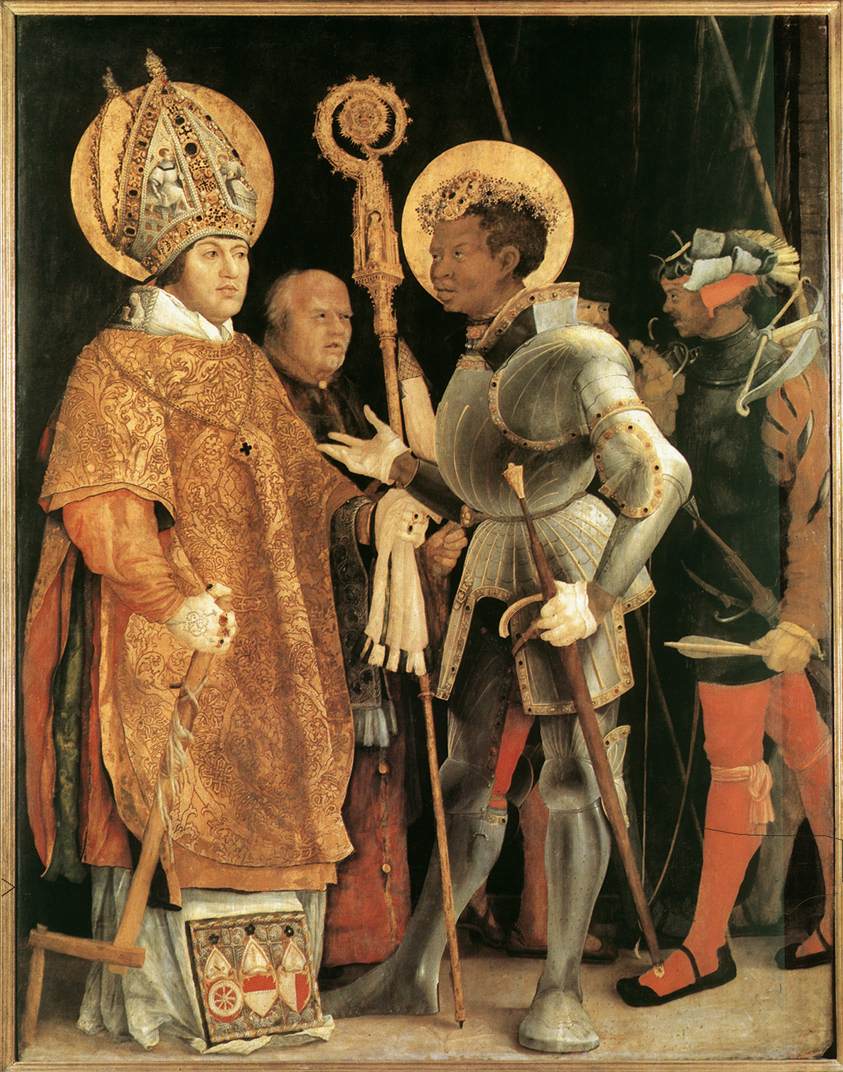
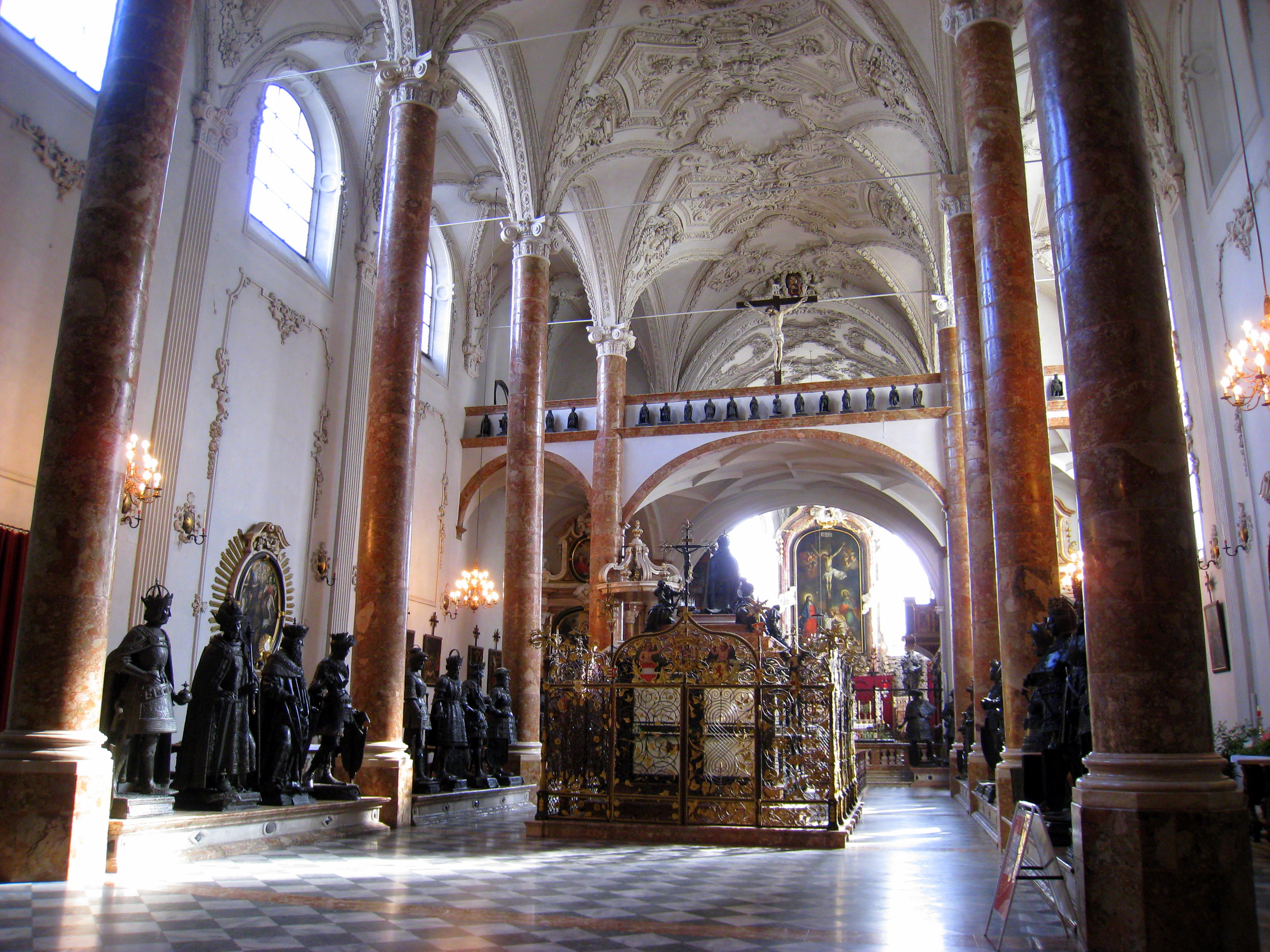


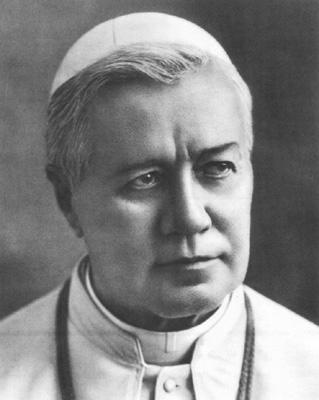






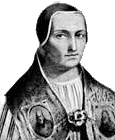







_-002.jpg/220px-Circle_of_Anton_Raphael_Mengs,_Henry_Benedict_Maria_Clement_Stuart,_Cardinal_York_(ca_1750)_-002.jpg)



No comments:
Post a Comment